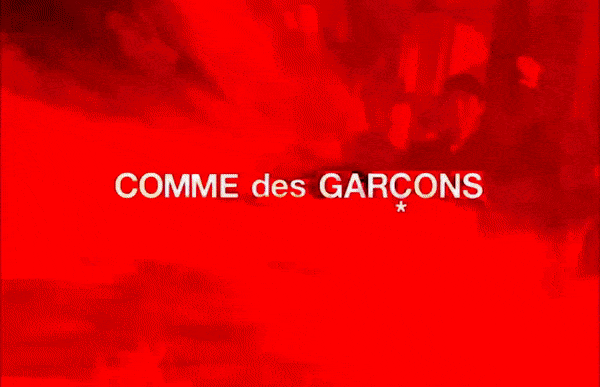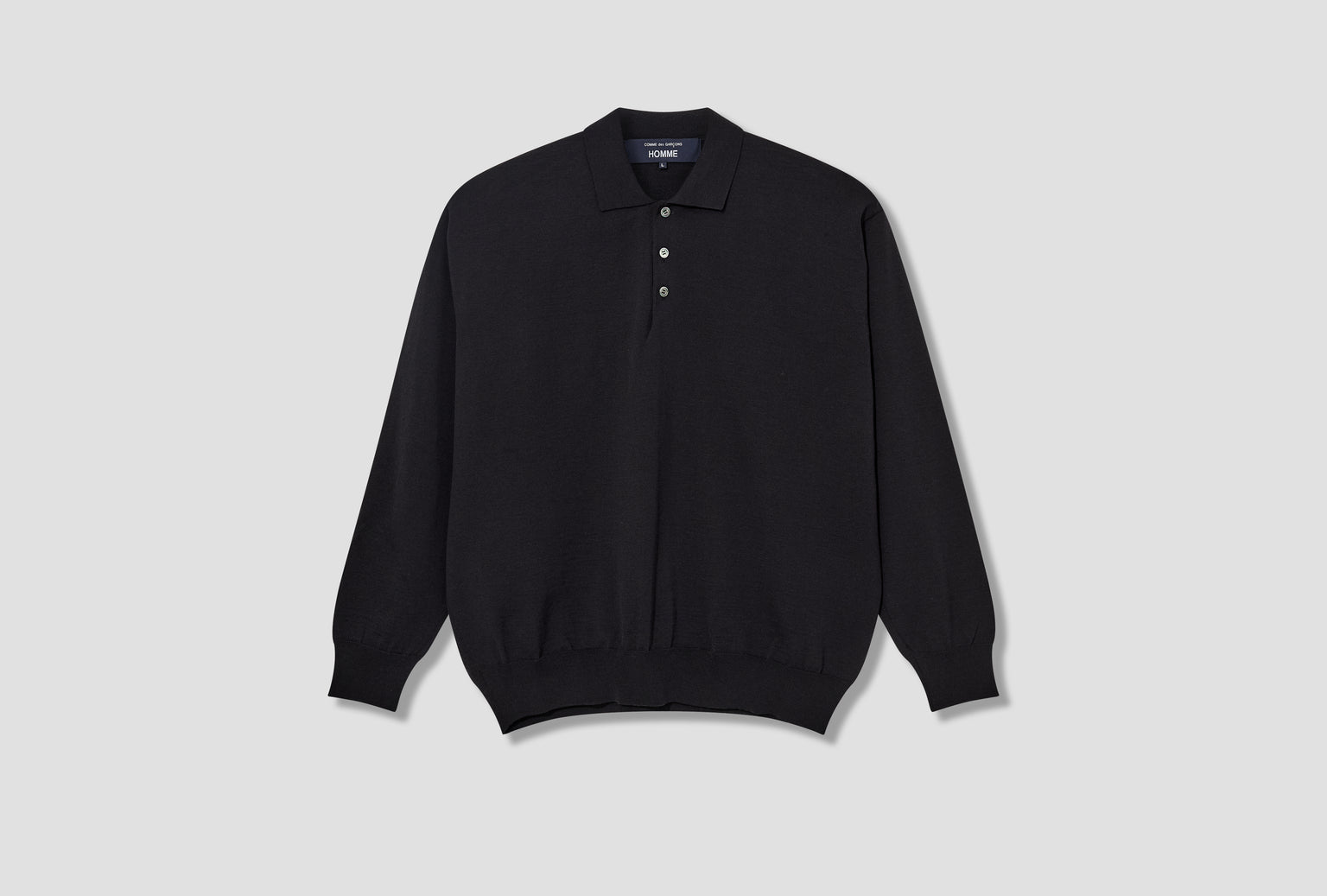
A Chronicle of COMME des GARÇONS: The Rise of Japan’s Most Revolutionary Fashion House
COMME des GARÇONS (CDG) is one of the most influential fashion brands in history, known for its avant-garde approach, conceptual designs, and rejection of conventional beauty. Founded by Rei Kawakubo in 1969, the brand has continuously pushed the boundaries of fashion, redefining aesthetics and shaping the industry with its radical ideas.
Origins: Rei Kawakubo’s Vision
Rei Kawakubo, born in Tokyo in 1942, studied fine arts and literature at Keio University. Without formal training in fashion design, she entered the industry through a position in advertising at a textile company. In 1969, she launched COMME des GARÇONS, a name that translates to "Like Boys" in French, reflecting her early focus on androgyny and gender-fluid fashion.
By 1973, CDG had become a fully established brand, and Kawakubo opened her first Tokyo boutique in 1975. Her designs—often draped, oversized, and asymmetrical—challenged traditional Western fashion ideals, quickly gaining a cult following in Japan.
In 1981, COMME des GARÇONS made its Paris Fashion Week debut, instantly shocking the fashion world. The collection, primarily in black with unfinished hems, loose silhouettes, and deconstructed fabrics, was described as "Hiroshima chic" by critics. This stark aesthetic—dubbed "anti-fashion"—polarized audiences but set the stage for Kawakubo’s lasting influence. Her ability to challenge norms and provoke thought through fashion became a hallmark of the brand.
Following the controversial debut, CDG gained an international reputation as one of the most innovative brands of the 1980s. The label’s disregard for trends and emphasis on creative expression made it a favorite among fashion intellectuals.
Expansion and the Rise of CDG’s Sub-Brands
Throughout the years, COMME des GARÇONS expanded into various sub-labels, each with its distinct aesthetic while remaining under the avant-garde umbrella:
- COMME des GARÇONS Homme (1978) – Focused on avant-garde menswear.
- COMME des GARÇONS Homme Plus (1984) – More experimental men’s designs, often showcased at Paris Fashion Week.
- COMME des GARÇONS Shirt – A more wearable and relaxed approach to the CDG aesthetic.
- COMME des GARÇONS Play (2002) – A casual, more commercially successful line featuring the iconic heart logo designed by Filip Pagowski.
- COMME des GARÇONS Noir, Tao, and others – Various experimental lines exploring new silhouettes and themes.
These sub-brands allowed Kawakubo to segment her vision, appealing to both avant-garde enthusiasts and mainstream fashion consumers.
The Legacy of Rei Kawakubo
Rei Kawakubo remains one of the most enigmatic and respected figures in fashion. She rarely gives interviews and prefers to let her designs speak for themselves. Her impact extends beyond CDG, as she has nurtured young designers through her Dover Street Market retail spaces, providing a platform for emerging talent.
Kawakubo’s work was honored at the 2017 Metropolitan Museum of Art’s Costume Institute exhibition, "Rei Kawakubo/Comme des Garçons: Art of the In-Between." It was only the second time the Met had dedicated an entire show to a living designer (the first being Yves Saint Laurent in 1983), underscoring her status as a revolutionary figure in fashion.
The Future of COMME des GARÇONS
Today, COMME des GARÇONS continues to thrive as an independent powerhouse. With numerous lines, international stores, and a steadfast dedication to innovation, the brand remains a beacon of creativity in an increasingly commercialized industry. Whether through groundbreaking runway shows or disruptive retail concepts like Dover Street Market, CDG consistently redefines the limits of fashion.
Conclusion
COMME des GARÇONS is more than just a fashion brand—it is a movement. Through decades of radical innovation, deconstruction, and rebellion against mainstream aesthetics, Rei Kawakubo has solidified her place as one of the most important designers of all time. As fashion continues to evolve, COMME des GARÇONS remains a guiding force, proving that true artistry lies in challenging conventions and redefining beauty on its own terms.
Explore our full selection of COMME des GARÇONS here










